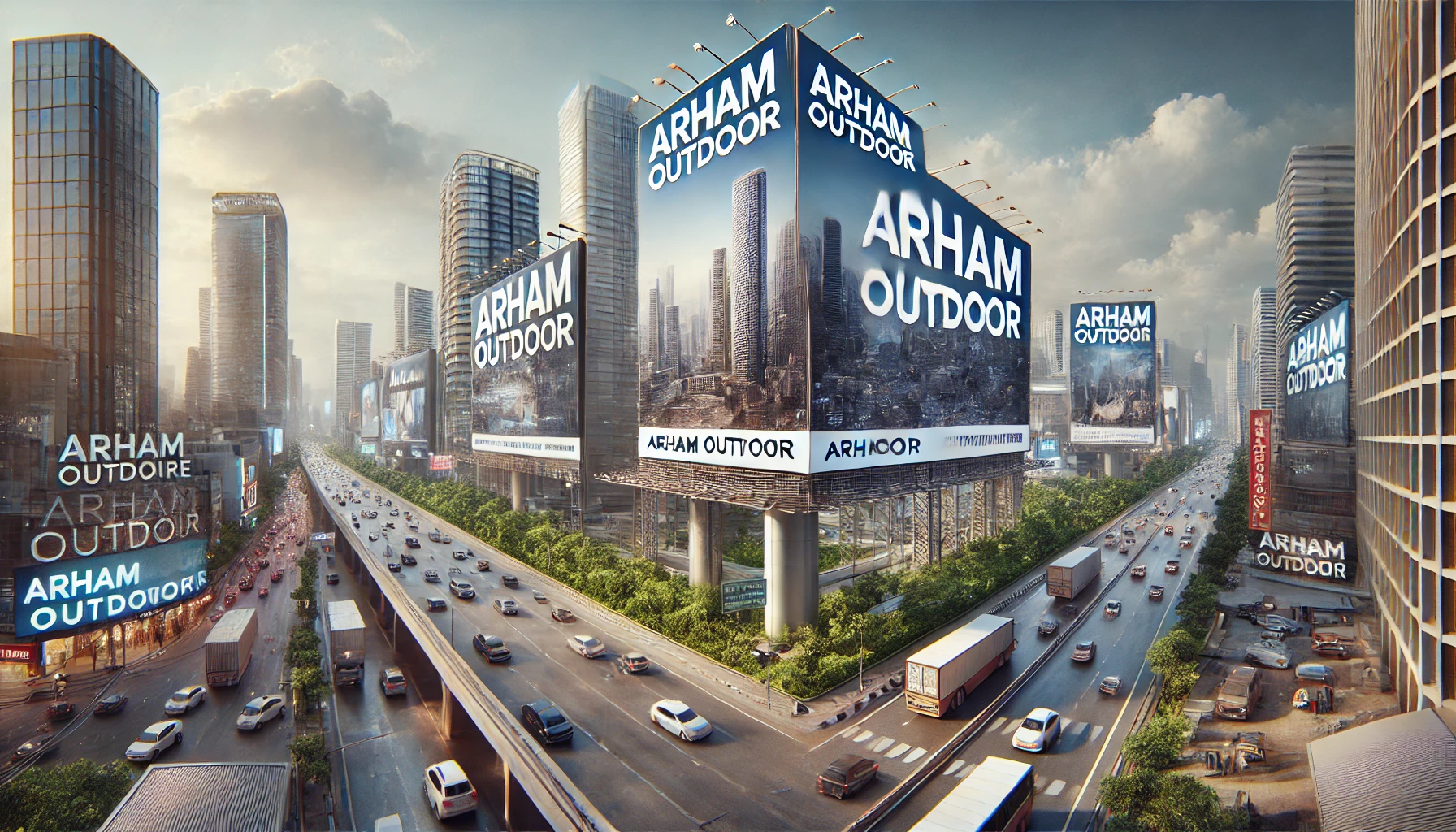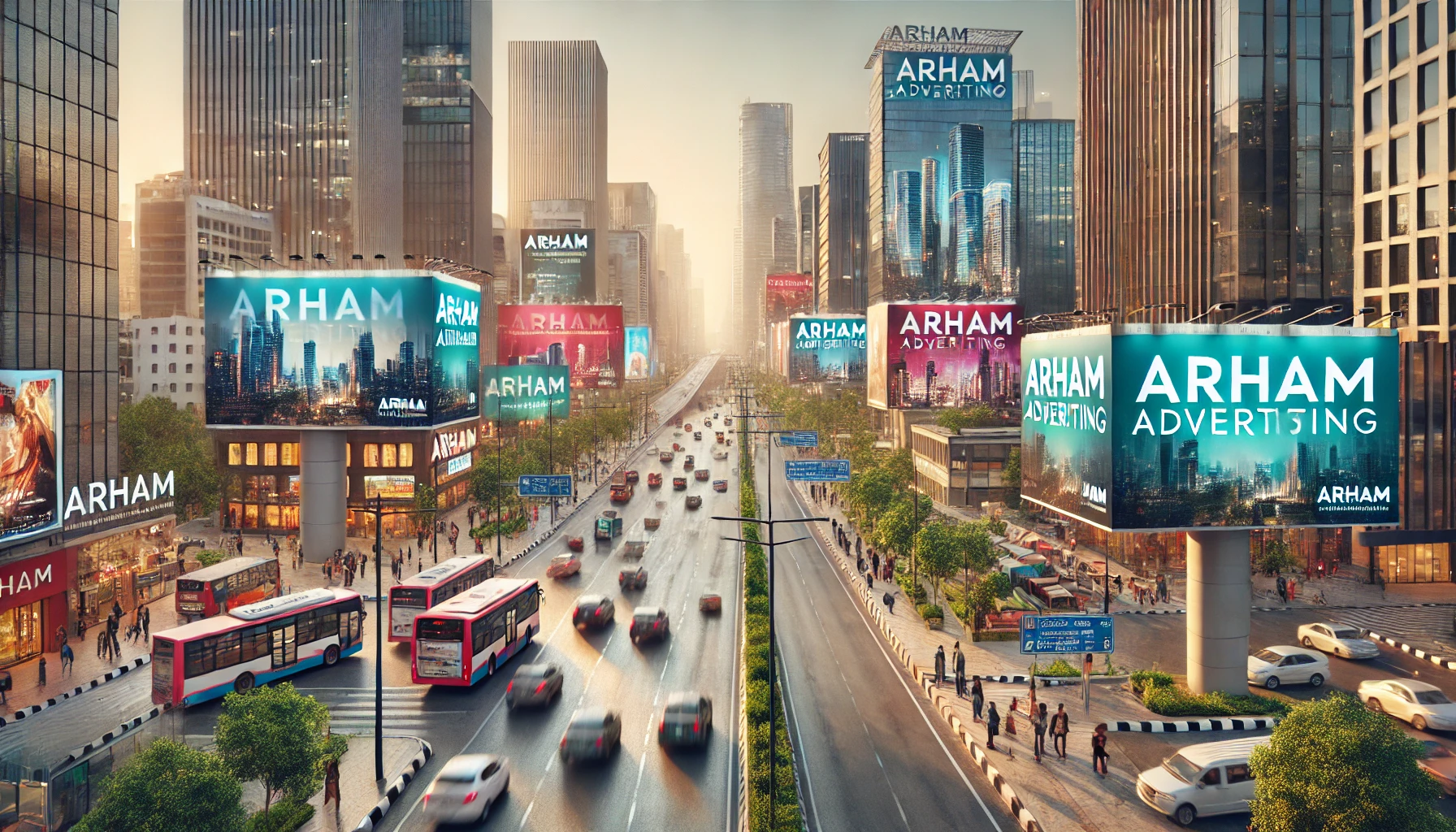
A bus shelter is a small structure located at bus stops designed to provide shelter for commuters while they wait for public transportation. These shelters usually include a roof, seating, and often feature advertising spaces for businesses to promote their products and services.
Bus shelters are a crucial part of public transport infrastructure in bustling cities like Mumbai, offering commuters protection from the weather. As millions of people use public transportation daily, bus shelters also serve as a prime location for advertisements, giving businesses access to a large, captive audience.
The Importance of Bus Shelters in Urban Infrastructure
In cities like Mumbai, bus shelters are essential for the smooth functioning of public transit systems. Not only do they improve the passenger experience by providing shelter from rain, sun, and wind, but they also play a role in city planning and aesthetics.
With Mumbai’s dense population and heavy reliance on buses, well-placed bus shelters ensure public transit is accessible, comfortable, and safe for daily commuters. Bus shelters also become landmarks, as they often feature maps, transit information, and signage.
Why Bus Shelters Are Perfect for Advertising
Bus shelters have evolved beyond being simple waiting areas—they’ve become prime real estate for outdoor advertising. Their strategic location in high-traffic areas offers brands a powerful way to reach thousands of potential customers every day.
Whether it’s targeting busy professionals, students, or families, bus shelter advertising provides unmatched visibility and impact. Ads placed on bus shelters are visible to pedestrians, commuters waiting for buses, and drivers passing by.
Why Use Bus Shelter Ads?
- High Foot Traffic: Many bus shelters are located at busy intersections and transit hubs, ensuring that your ad reaches a broad audience.
- Extended Viewing Time: Commuters waiting for buses spend several minutes looking at the surroundings, making them more likely to notice and remember the ad.
- Localized Targeting: You can select bus shelters in neighborhoods where your target audience lives or works, maximizing the ad’s relevance.
Top 5 Benefits of Using Bus Shelters for Advertising
Bus shelters offer several unique advantages for businesses seeking to expand their brand’s reach. Here are the top five benefits:
1. Constant Exposure
Bus shelters provide your brand with 24/7 visibility. Unlike digital ads that may be skipped or ignored, bus shelter ads are seen by a diverse audience at all hours of the day.
2. Cost-Effective Advertising
Compared to large billboards or television commercials, advertising at bus shelters is highly cost-effective. You can achieve broad exposure without breaking your budget.
3. Localized Reach
Bus shelter advertising allows you to target specific areas or communities. Whether you’re launching a new local business or promoting an event, selecting shelters in key areas will help you reach the right audience.
4. Increased Brand Recall
With commuters spending several minutes at bus shelters, there’s a higher likelihood that they will absorb and remember your ad. This repeated exposure helps create lasting impressions and improves brand recall.
5. Strategic Placement
Bus shelters are located at high-traffic areas such as shopping districts, schools, and office complexes. Advertising at these locations ensures that your brand is seen by thousands of people each day.
Creative Bus Shelter Ad Ideas
To maximize the impact of bus shelter advertising, creativity is key. Here are some innovative ways to make your bus shelter ads stand out:
- Interactive Ads: Incorporate QR codes or augmented reality elements that allow people to interact with your ad using their smartphones.
- Bold Colors & Simple Messaging: Use bold colors and a straightforward message to ensure your ad is easy to read from a distance.
- Humor & Storytelling: Humor or a short story can grab attention and make your ad more memorable.
- Seasonal Themes: Tie your ad to a local festival or seasonal event to create a stronger connection with the audience.
How to Choose the Best Bus Shelter Locations
Selecting the right locations for bus shelter ads is crucial for campaign success. Here’s what to consider:
- Foot Traffic: Focus on shelters in high-traffic areas such as busy intersections, shopping centers, and public transport hubs.
- Target Audience: Identify where your target demographic spends the most time. For example, if you’re targeting young professionals, place ads near business districts.
- Visibility: Ensure that the bus shelter is in a spot where it’s easily visible to both pedestrians and drivers, with no obstructions like trees or other structures blocking the view.
The Future of Bus Shelter Advertising
As technology evolves, so do the opportunities for bus shelter advertising. Digital bus shelter ads are becoming more popular, offering the ability to display dynamic content that changes throughout the day. These digital displays can also be programmed to show different messages based on the time of day, weather, or even real-time data.
Interactive features, such as QR codes or contactless payment options, are likely to become more common in the future, allowing advertisers to engage more directly with their audience. These innovations are turning bus shelters into smart advertising hubs that offer even more value to brands.
Frequently Asked Questions (FAQs)
What is a bus shelter?
A bus shelter is a covered structure at a bus stop designed to protect passengers from the elements while they wait for their bus. They are also commonly used for outdoor advertising.
Why is bus shelter advertising effective?
Bus shelter advertising is highly effective because it provides constant, 24/7 exposure in high-traffic areas. It also offers localized targeting, ensuring your ad reaches the right audience.
How do I choose the best location for bus shelter ads?
When choosing a location, consider high-traffic areas, the demographic of the neighborhood, and the visibility of the shelter. Areas near shopping districts, schools, and public transport hubs are ideal.
How much does bus shelter advertising cost?
The cost of bus shelter advertising varies depending on the location, duration, and size of the ad. It is generally more affordable than billboards or digital ads.
Can I run interactive ads at bus shelters?
Yes, many modern bus shelters support interactive ads, including QR codes, augmented reality, and digital displays that engage viewers in real time.
For more tips on outdoor advertising, check out these helpful resources:





